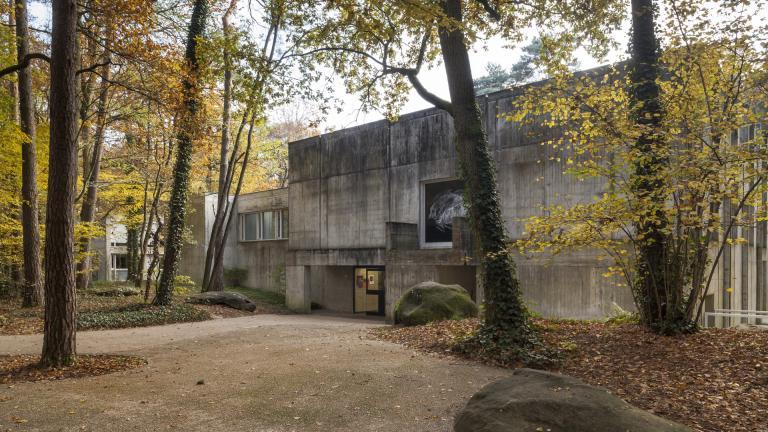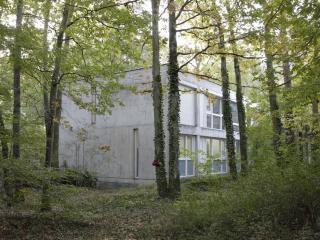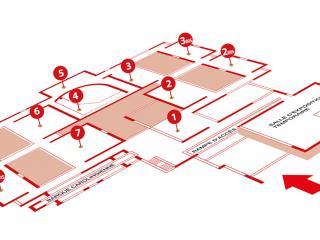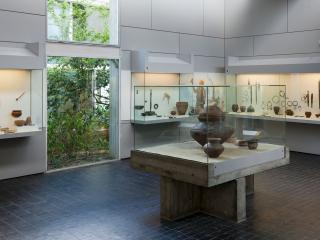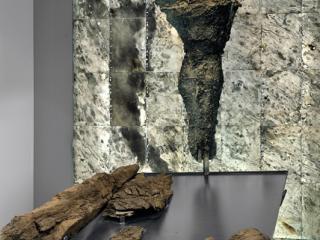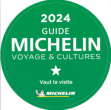A living cultural space animated by exhibitions and events covering prehistory and archaeology, the Ile-de-France museum of prehistory also testifies to the cultural policy of the Seine-et-Marne regional authorities. In harmony with the actions in five regional museums under its authority, but also in other cultural spaces, it is a place for dialogue open to modern creation.
The decision was made to create links between the site, the collections and modern creation in all its forms (visual arts, photography, literature, performing arts, etc.).
After having hosted a work by Lili Cron, composed of 5 sculptures (1988), and an installation by Christian Lefèvre entitled Le Nichoir (1990), the museum has resolutely opened itself to modern art since 2009 by regularly giving free rein to visual artists: the artists are invited to use the location to create works in situ and in relation with the museum, some of which will remain permanently at the museum.
In 2009, it hosted painter and sculptor Jean-Paul Marcheschi for a monographic exhibition. Four of his works remain in the museum, in the woods (Horus and Acrobat) and in the heart of the collections (Le Nocher and Le Plongeur). Then, in 2011, the museum hosted a Rip Hopkins photography exhibition showing a large series of new photographs focusing on the people who work in or visit the museum.
Furthermore, throughout the year, the museum participates in major national events (Heritage Days, Museum nights ...) and offers a dense and varied cultural program for all audiences: exhibitions, events, conferences...
